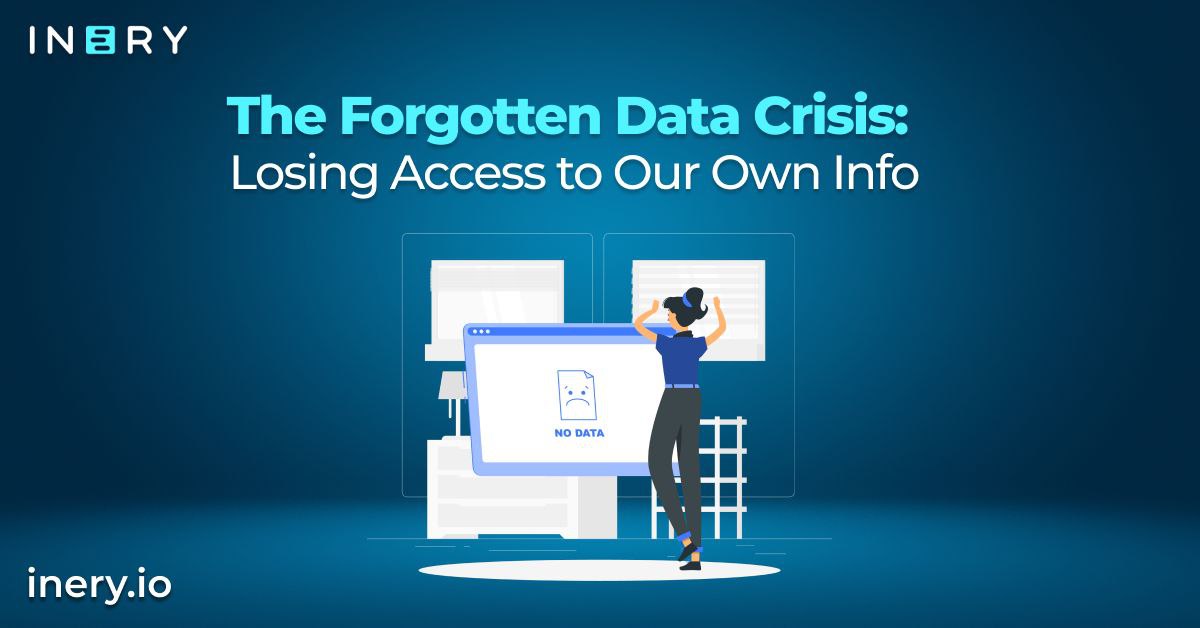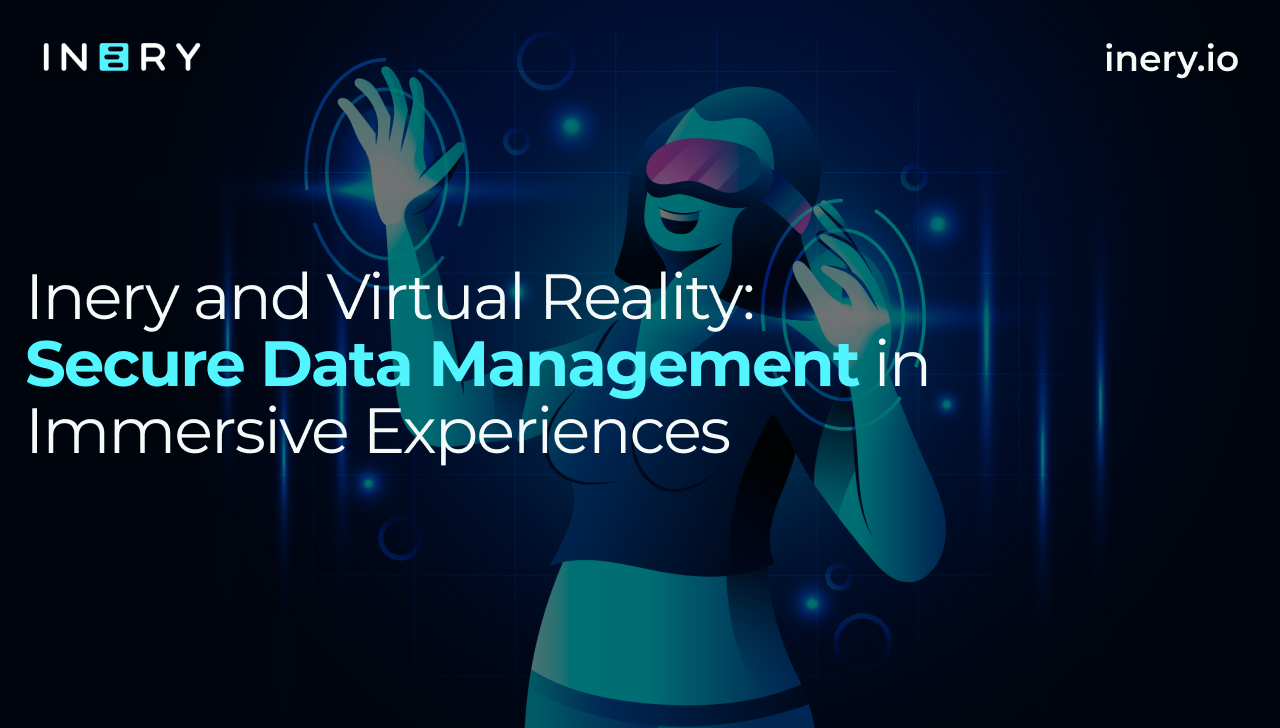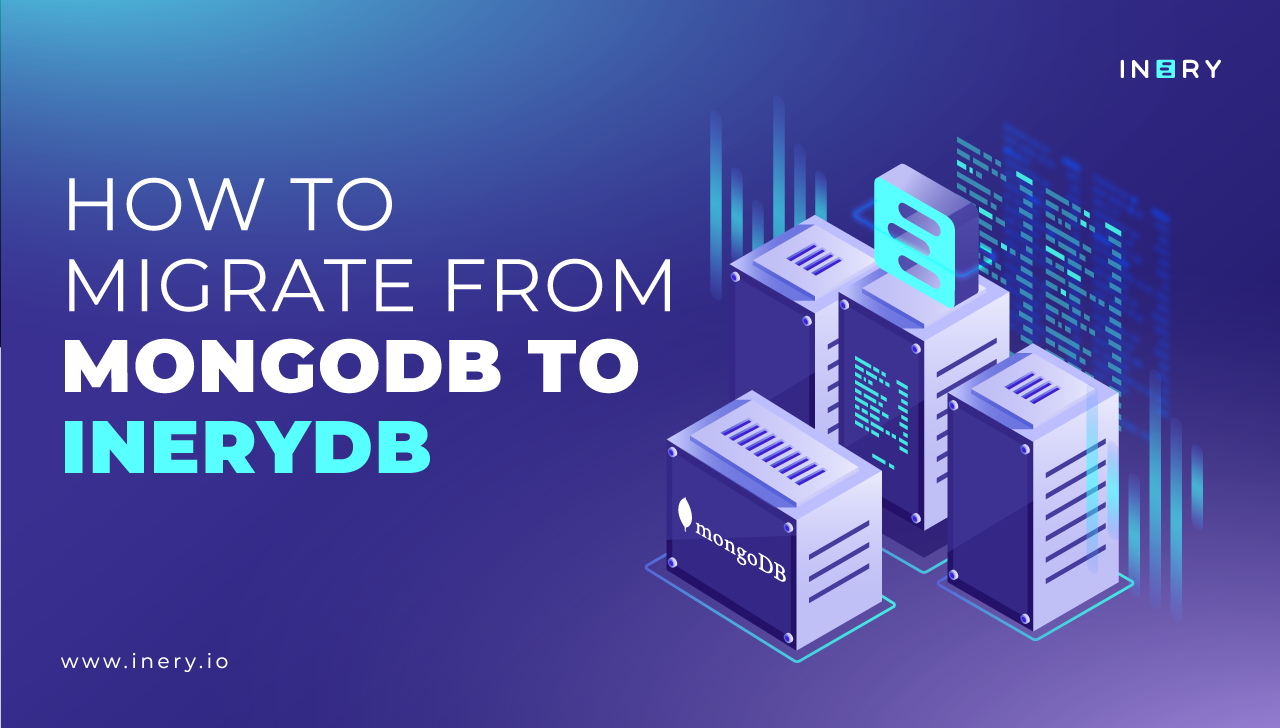So, you've stumbled upon Inery, the groundbreaking database solution that's creating waves in the tech world. Exciting, right? But now you're faced with the classic dilemma – where to start? The online information seems like a labyrinth of confusion, and you're not sure how to navigate it.
No need to worry; a guiding hand is here to navigate through the Inery experience, unraveling its complexities into straightforward, comprehensible steps. Together, this journey unfolds, bringing clarity to Inery and unlocking its full potential without the stress. Ready to dive in? Let the adventure commence!
Why Use IneryDB
Database technologies grounded in blockchain, such as IneryDB, offer a myriad of advantages. Firstly, they provide heightened security through blockchain features like immutability and encryption, fortifying data against manipulation and unauthorized access. Secondly, IneryDB ensures transaction and data transparency, fostering trust among users by allowing participants to review and verify data exchanges.
In addition to its decentralized nature, IneryDB removes the need for a central authority, reducing potential points of failure and data management bottlenecks. Notably, these databases demonstrate exceptional proficiency in tracking data and transactions, proving advantageous in critical sectors such as supply chain management and finance, where preserving data history and origin is essential.
IneryDB's versatility is evident in its support for various data models, including key-value, document-based, and object data, facilitated by a sharding mechanism for efficient data distribution. Furthermore, it employs an optimized consensus algorithm, ensuring both low latency and high throughput.
Finally, these databases can offer improved data and transaction tracking, particularly useful in supply chain management, finance, and other sectors where data history and origin are crucial.
IneryDB Basics: What You Should Know
For beginners eager to delve into the realm of IneryDB, understanding the fundamental concepts of its structure, GUI (Graphical User Interface), and navigation is crucial. Let's break down these essential components to lay a solid foundation:
Graphical User Interface (GUI):
A GUI is a visual interface that allows users to interact with electronic devices through graphical icons and visual indicators. In the context of IneryDB, the GUI provides an intuitive way for users to manage and interact with the decentralized database.
Database Structure:
The database structure refers to the organization of data within a database. IneryDB's structure dictates how information is stored, accessed, and managed, forming the backbone of its functionality.
Data in a Database:
Data in a database refers to the information stored, organized, and retrieved within the database system. It can include various types of data, such as text, numbers, images, and more, depending on the database model.
Now, let's dive a bit deeper into the specifics of IneryDB:
IneryDB stands as a multi-model, decentralized Database Management System (DBMS), supporting both NoSQL and SQL functionalities. It leverages blockchain technology, providing a secure and transparent means of storing and managing data across a decentralized network.
Inery utilizes value contracts; they are smart contracts within the IneryDB network, enabling users to automate complex transactions. They are written in C++ and executed to perform various actions, such as asset transfers or event triggers.
IneryDB ensures the security and privacy of user data through:
Data encryption, which safeguards the integrity and confidentiality of user data.
Access control implemented through Inery accounting permission levels.
Consensus mechanisms that contribute to overall security.
IneryDB employs various measures to ensure the decentralization and distribution of its network. A sharding mechanism is implemented to efficiently distribute data across multiple nodes, contributing to decentralization. Additionally, the utilization of the Inery AI Consensus, an optimized algorithm, guarantees low latency and high throughput, even in the presence of malicious nodes.
How To Use IneryDB
Firstly, let’s install IneryDB based on the operating system that you use. You can find detailed instructions, along with a video demo. However, it’s important to know that there is a minimum requirement.
Installation of IneryDB involves a few steps. Begin by checking if the client software (cline) is installed. Then, clone the IneryDB repository and proceed with additional commands for setup. These steps lay the foundation for utilizing IneryDB effectively. Here are some added documents that will provide some added guidance.
To set up, check if the client software (cline) is installed.
During environment configuration, you may encounter the following variables:
PROTOCOL: Used to set the protocol (http or https).
SSL_KEY: Refers to the path to your SSL key file.
SSL_CERT: Indicates the path to your SSL certificate file.
ALLOWED_ORIGINS: This is an array of allowed origins separated by commas (,). If you omit this variable, its value is assumed to be * (allowing all origins).
The account name on the dashboard allows the selection of the blockchain account currently used by the INERY GUI. The account contains Compositions, equivalent to collections or tables in other database systems.
Users have the option to install additional plugins in the /plugins section. The encryption plugin enables data encryption stored in the database. The BuiltIn section on the /plugins page leads to the Hot Key plugin, allowing temporary storage of the private key.
This means users don't have to enter their private key every time they want to modify their data. The private key is temporarily stored on the client side.
In the /templates section, users have the option to purchase pre-made templates containing ready-made composition structures grouped for specific purposes.
In the /compositions section, there is the possibility to set permissions for compositions, requiring a private key.
Upcoming Features and Developments
As we look ahead, the horizon for IneryDB holds the promise of exciting updates and new possibilities. While the specifics are still cloaked in anticipation, there's a buzz in the air about an impending GUI update—a visual transformation that may reshape the user experience.
And hushed murmurs circulate within the tech domain, suggesting...
Stay informed, stay engaged, and be ready to explore the enhanced capabilities that the future holds for IneryDB.

Inery•
1 year ago
The Forgotten Data Crisis: Losing Access to Our Own Info
Locked out of your own info? Learn how Inery’s innovative tools are reshaping the way we manage and access data. ...READ MORE

Share

Inery•
8 months ago
The Biggest Data Disasters in History and What We Should Have Learned
Data leaks have become routine headlines. This piece explores the worst breaches, what they cost us, and why decentralized data systems matter more than ever. ...READ MORE

Share

Inery•
3 months ago
Inery and Virtual Reality: Secure Data Management in Immersive Experiences
From eye tracking to spatial maps, immersive experiences expose us to new data threats. Explore how Inery ensures secure and trustworthy handling of that data. ...READ MORE

Share

Inery•
1 year ago
Can Blockchain Level Up The Music Industry?
Uncover the transformative impact of blockchain technology on the music industry, tackling persistent challenges in royalty distribution. Immerse yourself in Inery's innovative approach, offering a glimpse into the future of music royalties. ...READ MORE

Share
Most popular today



-1697699665.png)